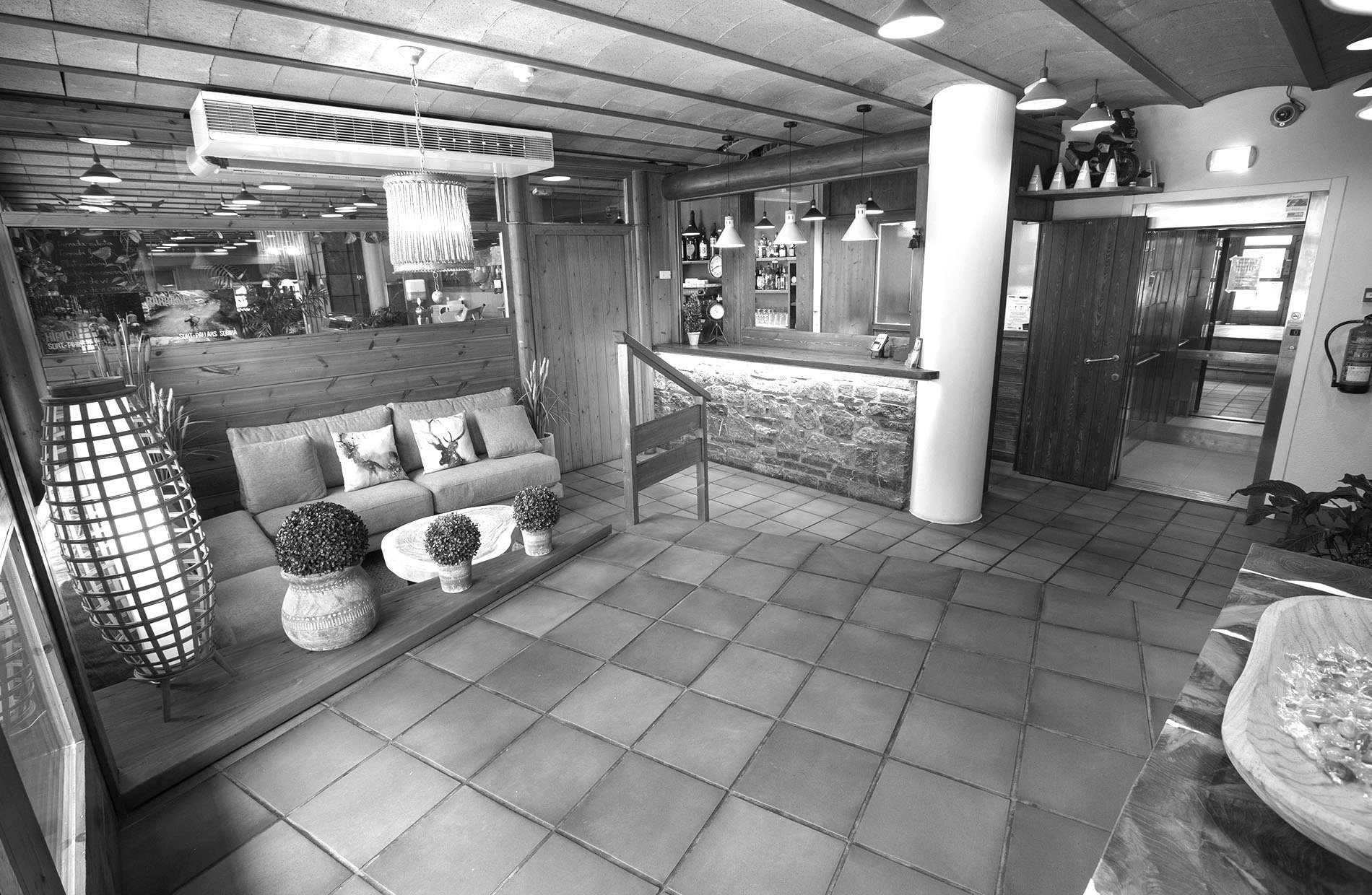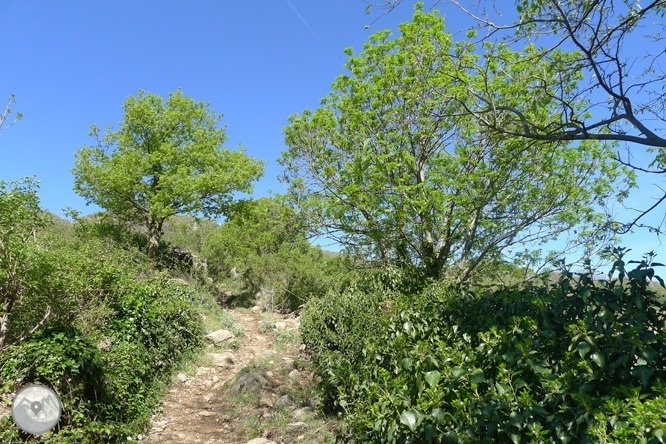THE HEART OF THE CATALAN PYRENEES
From La Seu d´Urgell to Vielha through the port of Bonaigua
La Seu d'Urgell is a place of passage for a multitude of motorcyclists from all over Spain on their way to Andorra, whose border post is no more than 20 km away. It is known that in the capital of this small principality, Andorra la Vella, there is a wide range, and at a good price, of all kinds of equipment for motorcycles and motorcyclists. Other than that, the site offers little of interest.
La Seu is often overlooked, but this shabby-looking Pyrenean town has corners of undeniable charm and is well worth a stop, if only to take a look at the Cathedral (that's what La Seu means, the Cathedral).
Leave La Seu along the N 260, towards Lleida, to continue through Adrall, 8 km further on, and then towards the road that leads to Vielha along the Sort path and the Bonaigua pass. The route runs through deep and elongated valleys that occupy the narrow space through which the rivers flow, and through the heights that separate some valleys from others. The 53 km that separate La Seu d'Urgell from Sort are very winding, but the road is not too narrow. We are in the heart of the Catalan Pyrenees.
The ascent to Pallerols is made between a dense grove and the beautiful views of the Segre river valley, but the rest of the route to the Collada del Cantó (1,600 m) and the descent, practically to Sort, runs through a stark landscape, sensation produced by being devoid of trees.
Sort is a small nucleus of stone houses and slate roofs that are arranged around a church. Like many other towns, it has restaurants and accommodation, a reflection of the intense tourist demand in the valley. From this point the mountainous mass rises considerably. The path follows the winding course of the Noguera Pallaresa at all times, corseted by the formidable rocky walls that rise on both sides, forming an abrupt profile in the shape of saw teeth. In terms of landscaping, the stretch is of spectacular beauty.
From Sort to the junction towards Espot, which is the eastern access to the Aigüestortes National Park, the road barely overcomes a slight unevenness, it is in good condition and its layout is pleasantly sinuous. Appropriate stretch for relaxed driving. From the intersection to Espot, the road climbs steeply and the layout becomes more convulsive, although it is not in bad condition. The ascent offers great views over the valley and allows you to appreciate its depth.
Espot is a very well-equipped village, being the last base for those who wish to enter the Aigüestortes National Park and reach the Estany (lake) of Sant Maurici. In this same town there is an information office. Be careful, to enter the park with the motorcycle you have to either get up early, since they only allow the first 175 vehicles to pass, or do it after 6:00 p.m., when access is free.
The port of Bonaigua and the Val d'Aran
Returning to the valley, Esterri d'Àneu is immediately reached (6 km), already in full ascent towards the Bonaigua pass. You cross València d'Àneu , a small hamlet with a charming church with a bell tower topped by a sharp slate spire. Nearby is the Mata de València, a large forest mass made up of fir trees.
The ascent to the Bonaigua pass (2,072 m) has a devilish pattern, turns, turns and more turns, on a floor that bears witness to inclement winters. It crosses densely wooded stretches and the imposing heights of the Central Pyrenees, covered in eternal snow (Moredo peak, 2,760 m) are in sight at all times. The descent from the port presents, more or less, the same characteristics, that is, a serpentine sometimes in a poor state of conservation.
At the top of the port there is no type of service, no gas station, no cafeteria, or anything like that. It is of a solitude made of vast meadows that remain green when they are not under the snow and where wild horses graze. Some 5 km before Baqueira , the road widens and conditions improve ostensibly. Baqueira is the welcome center for many skiers who, in season, use the nearby slopes of Baqueira Beret. Virtually all the buildings are hotels, inns, restaurants, shops, etc.
A little further on, on the other bank of the Garonne, is the small seaside resort of Arties . We are in the Aran Valley (la val d'Aran). Its climate and location, and the history that has derived from it, have given it a very pronounced personality that is manifested both in its landscape, with extensive alpine meadows, beech and fir forests of extraordinary proportions, as well as in its traditional architecture and the Aranese language (which is not a variant of Catalan, as one might think, but of Occitan), a linguistic relic that is still alive.
The capital of the Val d'Aran is Vielha (974 m), at the apex of the two depressions that make up the valley. Its location has a great attraction, much more than the city itself shows. Visited by thousands of French, who join, depending on the season, skiers or vacationers, it is a place full of supermarkets, shops of all kinds, restaurants and other services. Only for those who like jaleo.
Source: Anayatouring.com
Link: http://ow.ly/lDXYd







